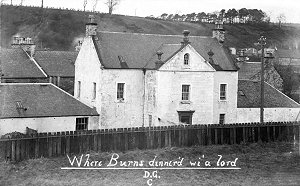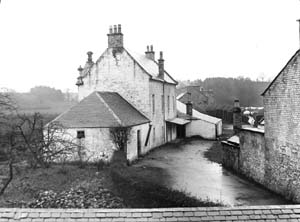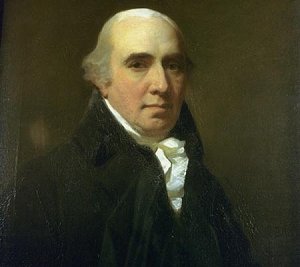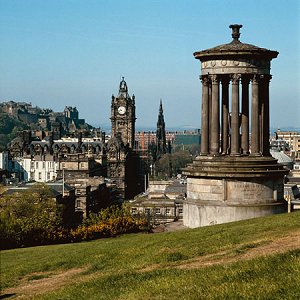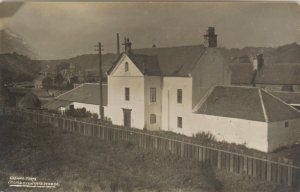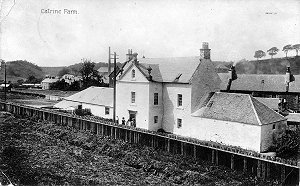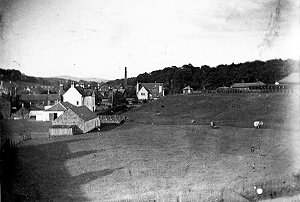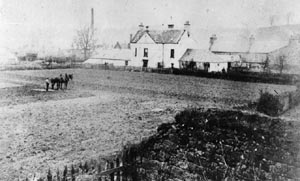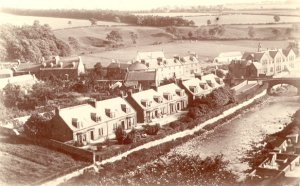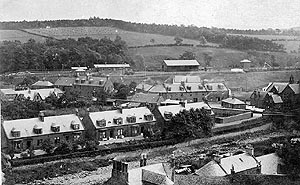Catrine
Farm / Nether Catrine/ Catrine House/ Catrine Bank/ Dowie's Garage/
Townhead Garage/ Stewart Place are some of the names this historical
building has been referred to in the past. Or Professor Dugald Stewart's
Hoose, where Burns dinner'd wi' a lord, (Lord
Daer) on 23rd October 1786.
"This wot ye all whom it concerns:
I, Rhymer Rab, alias Burns,
October twenty-third,
A ne'er to be forgotten day,
Sae far I sprachled up the brae,
I dinner'd wi'a Lord."
The building is of great importance in the biography of Robert Burns.
In the summer of 1786 the poet was contemplating emigration to work
as an overseer on a sugar plantation in Jamaica. He was diverted from
this potentially disastrous course (mortality from yellow fever was
high that year) by several men, principal among whom was Dugald Stewart,
professor of philosophy at Edinburgh University, whose summer residence
this was. He met in this house with the farmer poet from Mossgiel
and offered to introduce him to his own publisher in Edinburgh, William
Creech, with a view to complementing the Kilmarnock Edition of July
1786 with a larger Edinburgh one. Burns took his advice, went to the
capital in November 1786 and the Edinburgh Edition, with 3000 subscribers,
was published by Creech in the spring of the following year. Burns's
fame became national overnight.
(Tnx
to Prof David Purdie, Edinburgh for this contribution)
